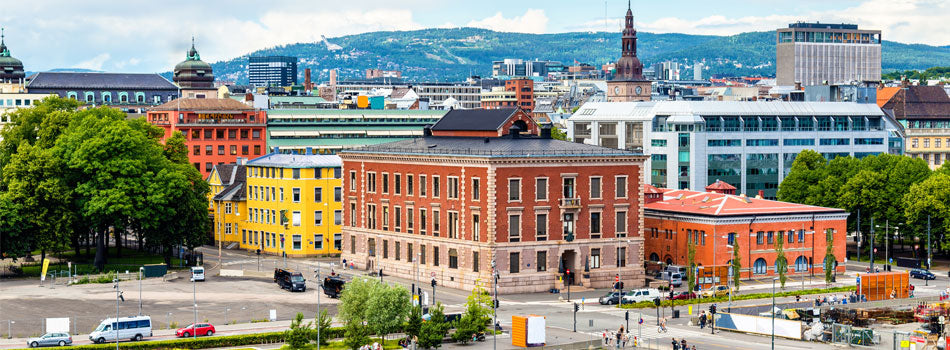Energy optimization of buildings – the solution to a climate problem

Our buildings are silently fueling the climate crisis. They waste energy, lose heat, and are responsible for nearly 40% of global carbon emissions. With outdated systems driving up costs and emissions, the real estate industry faces a major challenge. The need to optimize energy use is more critical than ever, and we need to accelerate this process. Here’s how integrating flexible systems can optimize energy consumption and transform outdated buildings into efficient structures.

The real estate industry: one of the largest consumers of energy
The real estate industry is one of the world’s largest energy consumers. From heating and cooling to lighting and appliances, the energy used in buildings has a significant impact on the environment and the economy. With increasing pressure to reduce energy consumption and improve sustainability, it is becoming increasingly important for sectors to optimise their energy use.
The current situation: the climate villain?
In Europe, 85% of the building stock was built before 2001. Most of these 220 million units rely on fossil fuels for heating and cooling and use outdated technologies and unsustainable equipment. In total, buildings account for around 40% of the EU’s total energy consumption and 36% of its greenhouse gas emissions.
Furthermore, more than a third (35%) of buildings in the EU are over 50 years old. As regulations on the thermal insulation of buildings were only introduced in the 1970s, around 75% of the European building stock is energy inefficient compared to current standards.
When you add to this the fact that approximately 85-95% of buildings currently in use will still be standing in 2050, we face a considerable challenge.
Buildings are big polluters – but they don’t have to be
Energy bills represent a large portion of operational expenses, and reducing these costs can yield a significant return on investment for building owners and managers. However, many SCADA and HVAC systems remain underutilized due to a lack of data and insight.
Most buildings have some solution for managing technical installations such as ventilation, heating and cooling – the main drivers of energy consumption in buildings. However, these are often isolated solutions, without integration with other systems. This means that equipment, hardware and software do not communicate with each other, resulting in buildings that are highly inefficient in their use of resources.
Building owners are often locked into a single supplier, and the cost of upgrading this equipment is extremely high, making the investment unattractive – regardless of whether the equipment is old or newly purchased.
Fortunately, open technology is leading the way towards a more sustainable industry.
Why invest in energy efficiency?
To make a real difference, systems and platforms must be open and integrable, allowing end users to adapt to their needs and existing systems. We need building management and automation solutions that are open, flexible and independent, enabling all technical systems to be connected, regardless of vendor, age or hardware.
With all the building data available, artificial intelligence (AI) can also play an important role in optimizing energy consumption, either as a complementary function or integrated into the system.
In a report published last year, titled Case Study on Emissions Avoided by a Building Heating Management System Using an AI Control Function , an independent research firm analyzed the real-world effects of using AI to control energy consumption. The study found that average energy consumption was reduced by 7% and CO₂ emissions decreased by 6% compared to the baseline scenario. These results are especially impressive considering that the analysis included 356 residential buildings in Sweden and Finland – markets with a strong focus on energy efficiency and clean energy production.
The good news is that we already have solutions available. The problem is that implementation is being too slow.
The solution already exists – there is no reason to wait
The EU aims to accelerate the renovation of European buildings by increasing the renovation rate from 1% to 2% per year. While this is an important target, it will not be enough on its own. To have a more significant impact, we need to harness the digital technologies that are already available.
This approach is not only financially sustainable, it can also reduce energy consumption much more than simply renovating buildings.
With real-time data collection, issues can now be identified and resolved digitally, saving money and time. Systems can be integrated regardless of the brand or age of equipment, allowing existing investments to be leveraged while new technologies and features are continually added.
And these solutions are already in place. They are proven solutions implemented in over 60,000 buildings of different sizes across Europe – making buildings part of the solution, rather than part of the problem.
No comments














0 comentários